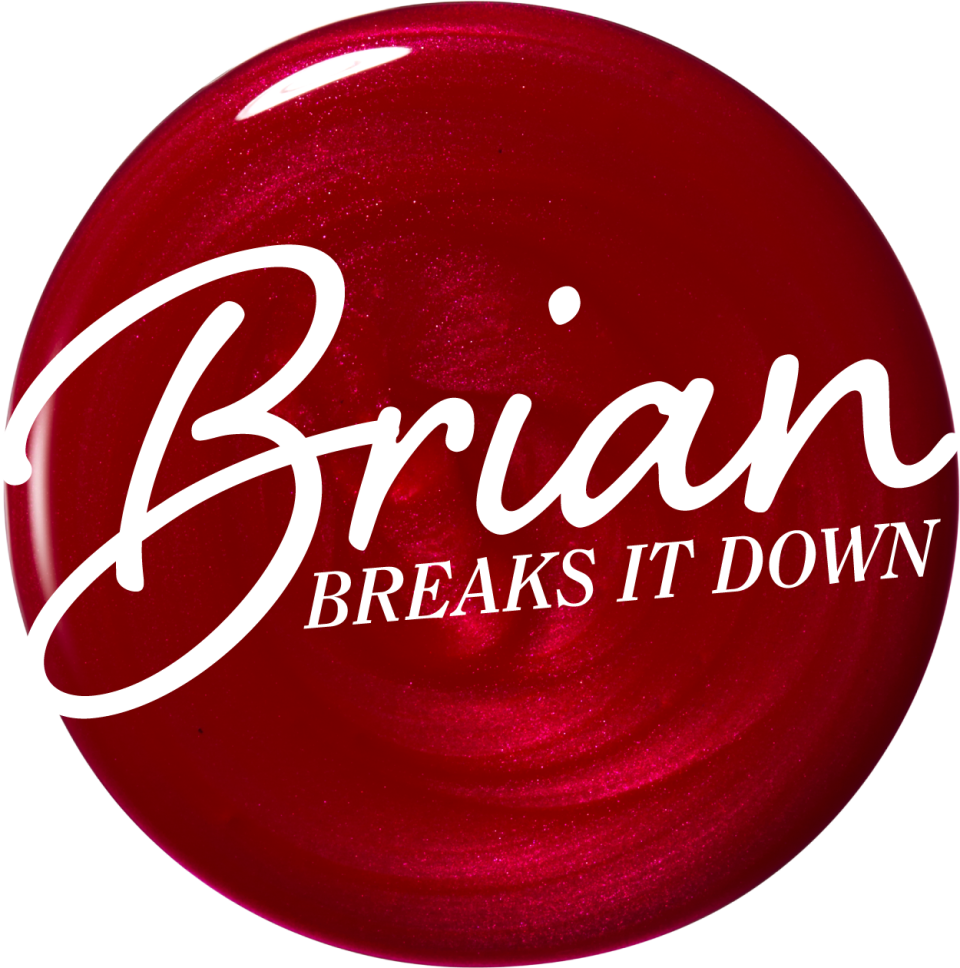Exactly How to Use Face Serum—And the Benefits of Applying It

“Hearst Magazines and Verizon Media may earn commission or revenue on some items through the links below.”
For years, skincare routines revolved around three essential steps: cleanse, tone, and moisturize. It was a simple, streamlined, cost-effective approach—who can’t find the time to wash their face, splash on a little toner, and moisturize? Easy. Done. Finito. The term face serum was barely in the lexicon.

Somewhere along the way though, things got considerably more complicated. Today, hundreds of skincare products line retailer shelves and populate online marketplaces. We have oils, essences, cleansing waters, blur creams, glow lotions, manual exfoliators, chemical exfoliators, balms, butters, and boosters. Not to mention eye creams, neck creams, face masks, face peels, dark spot correctors and the list goes on and on. And somewhere, sandwiched in the middle of all these products, is the face serum. It’s become ubiquitous—every brand has one these days—but there are still so many questions about how to apply it, when to apply it, and why you should even be applying it in the first place.
I’m going to answer those questions, with the help of some of my favorite dermatologists who agree that everyone should be using a face serum. They can offer some major skin-boosting benefits no matter your age (it’s never too early to start using a serum), skin type (yes, oily skin can benefit from a serum), or what problem is plaguing your complexion. And serums are available at all different prices—from budget drugstore buys on up.
Here’s how to find the right one for your bathroom counter—and how to use your face serum once you’ve got it.
First, what exactly is a face serum anyway?
More than a mere cream or lotion, a face serum is the workhorse of your skincare routine. With a consistency that tends to hover somewhere between a gel and liquid, these lightweight products "are used to penetrate the surface layers of the skin to address specific skin concerns on a deeper level such as improving the appearance of fine lines and wrinkles, evening out the skin tone, or overall brightening of the skin,” says DiAnne Davis, M.D., a cosmetic dermatologist based in Dallas.
Their delicate texture—not too thick, not too heavy—make them a great option for oily skin types who may be leery of putting anything too greasy on their skin. But the truth is, brands are designing serums that meet the needs of nearly every skin type. “There are even serums designed to address loose skin,” says renowned celebrity facialist Aida Bicaj. “As you age, you should try and use more than one.”
Do I need to use a face serum and a moisturizer?
That depends. Generally, yes, since they serve different purposes, says Davis. “Moisturizers are distinct from serums in that they tend to be much thicker creams that focus on hydrating the skin throughout the day,” she explains. And that’s key, because you ideally want both: a formula that address your concerns on a deeper level (cue the serum) and one that seals all that goodness in (hello, moisturizer). Plus, there are many great moisturizers available at drugstores, so you can save there and splurge on your serum if need be.
There are some exceptions, of course. Davis notes that there are hydrating serums (more on those below) that can moisturize oily skin quite nicely (they probably won’t be enough to get the job done on an extremely dry complexion). And Bicaj is quick to point out that during summer when there tends to be more humidity in the air, a thick, occlusive moisturizer might be overkill. “In this case, you might be able to use a serum alone,” she says.
Choose face serum ingredients based on your skin type.
With some many options to select from, our experts agree that an ingredient-led approach to shopping is your best bet. First, figure out what it is you want your serum to do. Then, research the ingredients that can help you achieve those skin goals. “With my Atolla system, you fill out a questionnaire and we create custom serums that are particularly matched for your skin condition and concerns,” says Boston-based dermatologist Ranella Hirsch, M.D.
If bespoke skincare seems too complicated, buy your serum off the rack: Some of Davis’s favorite ingredients to look for include vitamin C (for wrinkle-fighting, brightening, and protection from free radicals), peptides (to stimulate collagen and minimize fine lines), and green tea and resveratrol (also for antioxidant protection).
Other solid performers: retinol, the gold standard ingredient for visibly improving several signs of aging, including hyperpigmentation, fine lines and wrinkles, and dullness, salicylic acid to fight acne, and niacinamide to reduce redness and calm inflammation. “Hyaluronic acid is another great ingredient that helps to bind moisture to the skin,” says Davis. “You could use it in place of a moisturizer if you have oily or acne-prone skin.”
You can use face serum twice a day—before your moisturizer—but reserve products with retinol for nighttime.
“Generally, most people should be using a treatment serum twice day,” says Hirsch. “It really depends on the ingredients in there.” Of course, it’s always a wise idea to start slowly. Retinol, for example, can cause some dryness and irritation if used too often. Once a day should be more than sufficient for any retinol product, and don’t start there: Use it every other day and gradually work your way up to nightly use.
At the very least, serums that contain antioxidants like the ones mentioned above (vitamin C, green tea, and resveratrol) should be applied in the morning so they can help protect your skin throughout the day, while products with retinol or exfoliating acids (think glycolic, lactic, or salicylic) are best suited to nighttime use as they can make your skin more sensitive to the sun. Hydrating serums and the like can be used both in the morning and evening.
The general rule of thumb for applying skincare is thinnest consistency to thickest.
In terms of when to apply your serum in your skincare routine, it should be applied after cleansing and before moisturizing. “You want the serum to penetrate your skin as deeply and effectively as possible,” Davis notes. “The general rule of thumb for applying skincare is thinnest consistency to thickest, so always serum before moisturizer.”
Apply your face serum this way.
Just remember: A gentle touch goes a long way—there’s no need to rub the product into your face like you’re waxing a car. That can irritate your skin, especially around delicate areas like the eyes. Use Bicaj’s technique: Put a small amount of the product in the palm of your hands—for reference, a pea-sized amount should do—and press it into your skin. “To apply a water-y serum, put a few drops all over the face and pat it in using an upward motion—and don’t forget your neck.”
Now that you’re a serum pro, pick up one of my favorites and work it into your regimen—stat.
You Might Also Like

